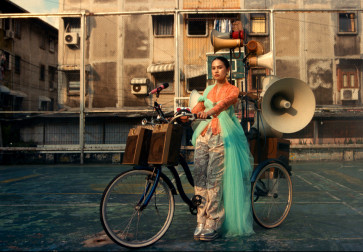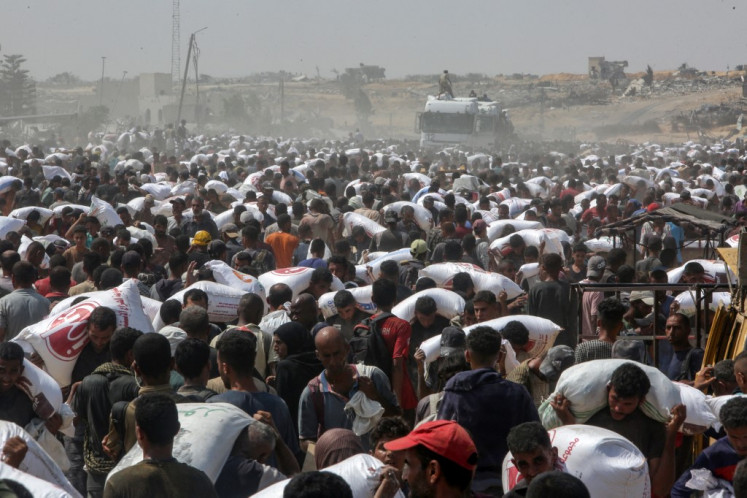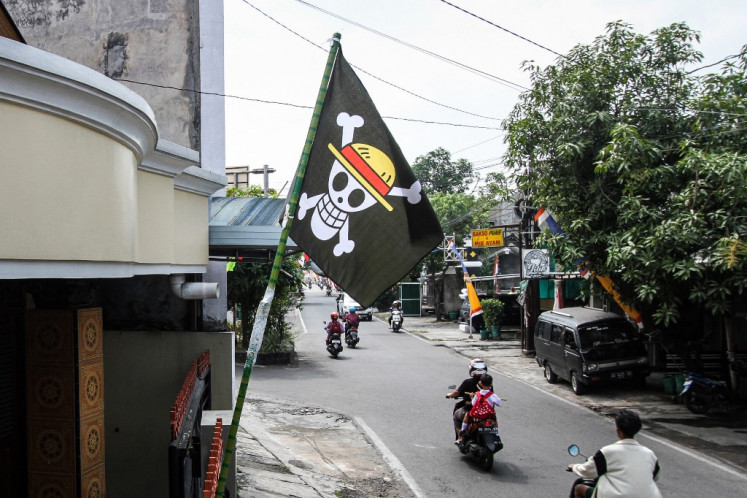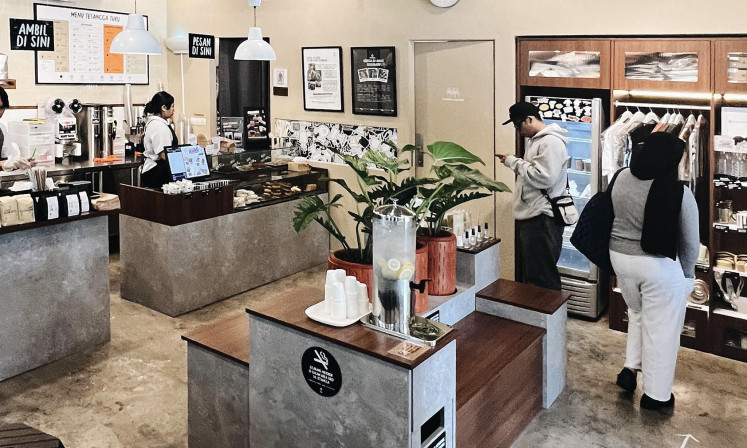Popular Reads
Top Results
Can't find what you're looking for?
View all search resultsPopular Reads
Top Results
Can't find what you're looking for?
View all search resultsThe roots of Indonesian inequality
Political and economic institutions, which are ultimately the choice of society, can be inclusive and encourage economic growth, or they can be extractive and become impediments to economic growth
Change text size
Gift Premium Articles
to Anyone
P
olitical and economic institutions, which are ultimately the choice of society, can be inclusive and encourage economic growth, or they can be extractive and become impediments to economic growth.
A nation fails when it has extractive economic institutions, supported by extractive political institutions that impede and even block economic growth.
Extractive institutions are so common in Indonesian history because they have a powerful logic: They generate some limited prosperity while at the same time distributing it into the hands of a small elite. There is strong synergy between economic and political institutions. Extractive political institutions concentrate power in the hands of a narrow elite. Economic institutions are then often structured by this elite to extract resources from the rest of society.
The extractive institutions from which this narrow elite rule create extensive inequality, and thus the potential for infighting between those who benefit from the wealth extracted from the people.
During the 32 years of the administration of president Soeharto, he applied the development concept of 'Trilogi Pembangunan', referring to the three pillars of economic development: high economic growth, political and economic stability and economic distribution.
He believed that high economic growth would generate economic distribution through a trickle-down effect. Indonesia enjoyed high economic growth from the 1970s to 1990s before we were hit by the financial crash in 1997. The hypothetical trickle-down effect turned out to be illusory.
Inequality would lead to a crisis of underconsumption: There were too many goods, but too little income to buy them. The consequence would be mass unemployment.
As stated by John Galbraith, a US economist, 'bad income distribution' was a factor behind the Great Crash in the US in 1929, and is also relevant to the Indonesian financial crash of 1997.
According to the latest World Bank quarterly report, launched here on Dec. 8, inequality in Indonesia has been climbing faster than in most of its East Asian neighbors.
Over the last 15 years, the Gini ratio ' a measurement of inequality ' has increased sharply, climbing from 30 in 2000 to 41 in 2013. Currently the richest 1 percent own 50.3 percent of all the country's wealth and the richest 10 percent of Indonesians own an estimated 77 percent of all the country's wealth.
These figures have rocketed by 300 percent from 1920, when the richest 10 percent of Indonesians received only 15 percent of total income.
The level of financial inclusion in Indonesia is at a critical level. Fifty-three percent of Indonesian people are excluded from banking deposit products and 83 percent are excluded from banking financing products.
Micro, small- and medium-sized enterprises (MSMEs) dominate business units with up to 99.9 percent of total business units, and employ around 97.7 percent of the total labor force.
Unfortunately, the contribution of MSMEs to gross domestic product (GDP) is still relatively low, at only about 57.8 percent. Meanwhile, large enterprises, which account for only 0.01 percent of the total number of enterprises, contribute 42.2 percent to GDP and receive loansof more than Rp 3.2 quadrillion (US$230 billion) or 82 percent of total bank loans. Moreover, MSMEs still get a small portion of bank financing.
Based on data from Bank Indonesia, outstanding loans of MSMEs total Rp 716.37 billion or 18 percent of total outstanding bank financing. Medium-scale enterprise loans dominate MSME credit with a share of 49.51 percent of total MSME loans.
Micro enterprises, with 98 percent of total business units, take a share of just 3.8 percent of total bank loans, equivalent to Rp 153 trillion.
There are two levels of operating model execution that could be applied to stop Indonesia plunging further into inequality and its concomitant social problems.
The first is the distinction between extractive and inclusive economic and political institutions. The second is the application and adoption of inclusive institutions.
According to Daron Acemoglu and James A. Robinson in The Origins of Power, Prosperity & Poverty, there is a strong link between inclusive economic and political institutions and prosperity.
Inclusive economic institutions that enforce property rights, create a level playing field and encourage investment in new technologies and skills are more conducive to economic growth than extractive economic institutions that are structured to extract resources from the many by the few and that fail to protect property rights or provide incentives for economic activity.
Inclusive economic institutions are in turn supported by and support inclusive political institutions, that is, those that distribute political power widely in a pluralistic manner and are able to achieve some amount of political centralization so as to establish law and order, the foundations of secure property rights and an inclusive market economy.
Finally, in order to boost financial inclusion, the government should focus on how to create stronger support and schemes to boost financial access for micro business units, especially in the agriculture and fisheries industries, whichaccount for 50 percent of micro business units, as well as those at the bottom of the pyramid in general.
____________________________________
The writer is vice president of CIMB Niaga's Shariah & MSME Academy. The views expressed are his own.










